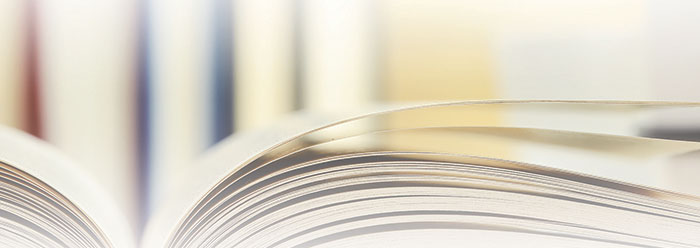 Did evolution really happen? That depends on what you mean by “evolution.” Rob Stadler’s new book The Scientific Approach to Evolution, his first, evaluates evolutionary ideas using a brand-new approach.1 This 200-page book gives readers a straightforward tool that exposes the fuzzy thinking that often muddies origins discussions.
Did evolution really happen? That depends on what you mean by “evolution.” Rob Stadler’s new book The Scientific Approach to Evolution, his first, evaluates evolutionary ideas using a brand-new approach.1 This 200-page book gives readers a straightforward tool that exposes the fuzzy thinking that often muddies origins discussions.
Dr. Stadler has a master’s degree in electrical engineering from MIT, a Ph.D. in biomedical engineering from Harvard, 17 peer-reviewed technical publications, and over 100 U.S. medical device patents related to heart health.2 He knows science.
The book begins with six criteria that rank the confidence with which science can answer a given research question. Without giving away too many of the book’s nuggets, those criteria include repeatability and the role of biases in investigation.
He uses nontechnical language and sprinkles the book with helpful examples that clearly illustrate key concepts. These include how the six criteria effectively evaluate a research question—even a challenging question like “Did humans and chimpanzees evolve from a common ancestor?”
Stadler quickly tutors his readers with examples of how to apply the six criteria. One, a study on heart health, met all six criteria and therefore matches what he calls “high-confidence science.” The study was repeatable, restricted bias, and its authors soberly admitted their study’s limitations.
Certain experiments designed to test evolution even meet all six criteria! For example, an ongoing study of evolution in bacteria remains repeatable and controls biases and variables. This way, the experiment has the power to determine causes instead of just offering associations.
Stadler applies the six criteria of high-confidence science to King Tut, malaria, Lucy, and human-chimp ancestry. His book even boldly confronts key evolutionary pillars like vestigial organs, homology, biogeography, and fossils. Stadler breaks each of these topics down into bite-size pieces that will appeal to those with little science background. The Scientific Approach to Evolution packs enough power to knock the wind out of virtually any claim—be it creationist or evolutionist—that oversteps clear boundaries of high-confidence science.
What else can a reader expect from this book? First, it does not reveal what the author believes about origins. Its tone should appeal as much to an atheistic evolutionist as to a biblical creationist and all beliefs in between, provided the reader likes logic and permits science to challenge origins ideas. Tasteful doses of bold text emphasize certain main points. Two helpful appendices flesh out the six criteria and handle objections. The power of Stadler’s criteria to evaluate grand claims rises from the text even if one leapfrogs a few of the author’s many examples.
In an accessible way, The Scientific Approach to Evolution explains how six criteria for high-confidence science can expose the exact degree of mismatch between grand assertions about science and the unavoidable limitations of the scientific approach. Along the way, it gives confidence to those willing to let science do what it does best. Like an intellectual judo move near the end of the book, Stadler’s inexorable logic delivered with a gracious tone might just turn the tables on what you thought you knew about the limits of science and the merits of evolution.
Reference
- Stadler, R. 2016. The Scientific Approach to Evolution: What They Didn’t Teach You in Biology. North Charleston, SC: CreateSpace.
- Dr. Stadler’s research and innovation have contributed to medical devices that are implanted in over one million patients worldwide.
* Mr. Thomas is Science Writer at the Institute for Creation Research.










